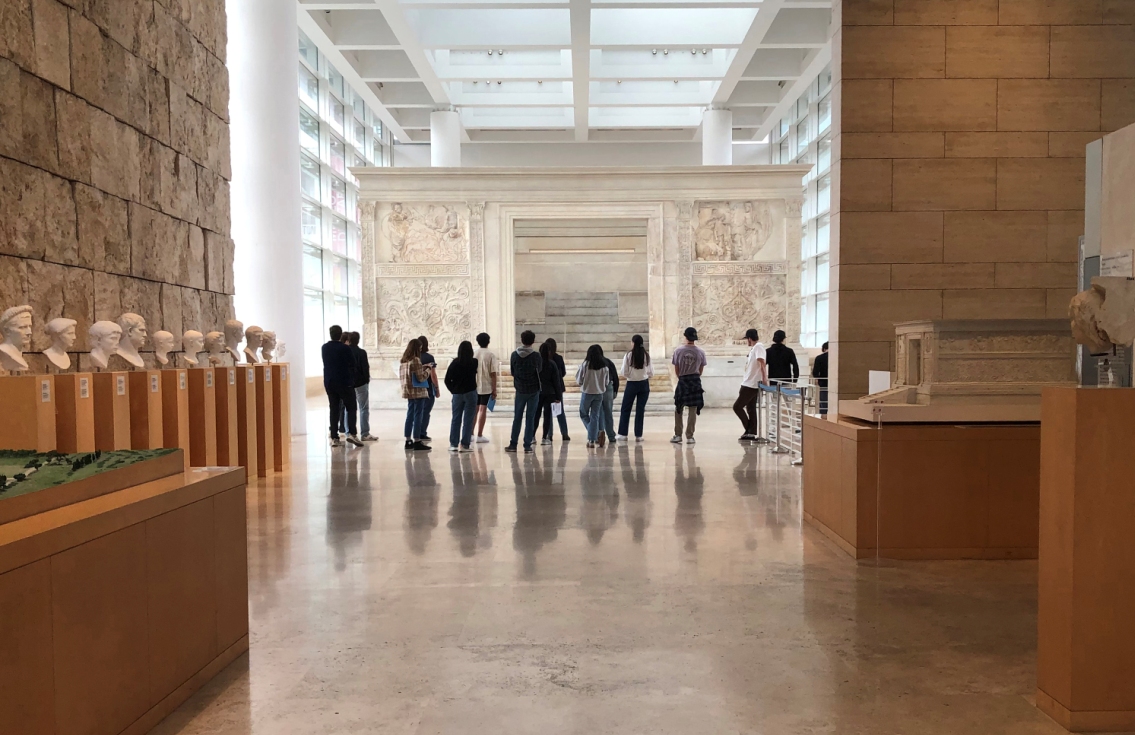
The minor develops critical thinking with a visual and creative emphasis – all shaped by interdisciplinary approaches like history, politics, gender, law, and curation. Talk to the Art History faculty for advice and insider knowledge.
Art History critical thinking in four dimensions: form, materiality, time and space – all shaped by an interdisciplinary approach. History, politics, economics, gender, law, curation, and creative practices are intrinsic to the academic discourse. Combined with effective research and writing skills, the Minor enriches a wide range of majors.
Skills gained through Art History are among the most sought after in the current labor market:
The Minor is designed to allow students to engage fully with the possibilities of Art History: in the breadth of the field and/or through a particular aspect of it. Talk to the Art History faculty for insider knowledge and advice on course choices.
Six courses with the prefix AH, of which a maximum of two courses may be at 100-level, and a minimum of one course must be a 300-level or higher AH course.
One AH course may be substituted with a course in ARCH or AS.
The minor should seek to chart a coherent path through the courses in Art History. It should engage either with the breadth of the academic field or with an ‘area concentration’ within it.
It is highly recommended that the student consults with Faculty Advisors in the Department of Art History and Studio Art for guidance on direction, content, and opportunities of the minor.
Six courses with the AH or ARCH prefix with the following requirements:





